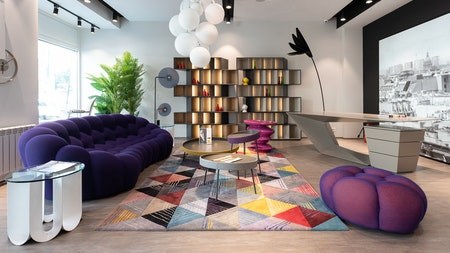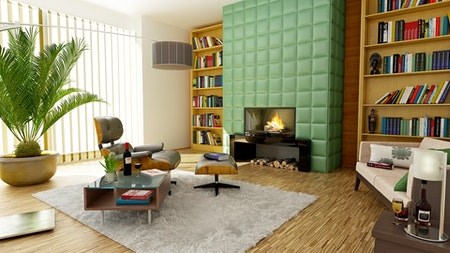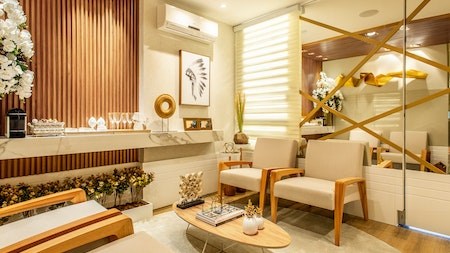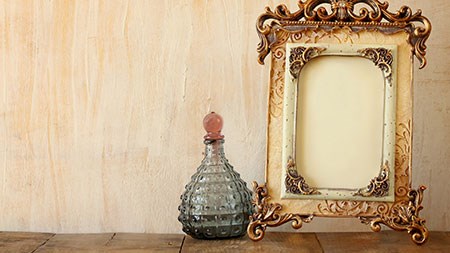Artwork lends character to a home. Carefully selected pieces help to tie the whole design theme together and produce a holistic home experience for family members and visitors. It also helps define the personalities of the various family members and their spaces.
One of the big advantages of art is that you can take it with you when you move to a different home. It’s an investment that can grow in value over the years, and you can spend little or as much as you like on it at any time.
Choices
There is no particular art that is right for a home. What is right for you will depend on your personal taste and what you love. However, if you want a piece that complements your home, look for pieces that reflect the age of your home and the decorative style and colours you use in your rooms.
Keep in mind that works of art are not limited to canvases or prints. They can be photographs, sculpted figurines, vases, clocks, candlesticks, plates, carpets or tapestries and could incorporate textile art, ceramics, glass or metalwork. In fact, art refers to almost any item that adds a distinctive decorative touch to your home.
To make the best use of artwork, it’s important to select the right piece for each space, and here size has a role to play. Measure the spaces that you want to fill and take the measurements along when you’re shopping, so you will be sure the piece you fall in love with will fit in your home.
Living room
The most obvious room to decorate with art is the living room, as this is the room you and your guests will spend the most time in. Choosing the right pieces is important for setting the mood and keeping the ball of conversation rolling.
- Depending on your living room layout, you could opt for one large-scale piece or a collage-style gallery wall.
- Take into account the architectural features of the room - from ceiling height to the colour scheme and lighting.
- A good rule is to hang large paintings or photos so that the midpoint is between 1.5m and 1.6m from the floor.
Kitchen
The kitchen is often forgotten when it comes to artwork, but the latest trend is to incorporate art into this most-used room in the home. Countertops or spaces between cabinets are ideal spaces for art.
- Opt for smaller pieces that complement rather than overwhelm the space.
- Quirky prints that make mornings less blue are ideal choices here.
Main bedroom
The main bedroom is where you relax and unwind, so artworks in this space should reflect that mood.
- The best positions for displaying art in the bedroom are on the wall directly over the bed or on the wall opposite.
- Hang large scale pieces at eye level and keep frames minimal.
- More intimate works are appropriate, for example, something with a special connection with the occupants. This could be a souvenir from a memorable holiday or a special occasion.
Guest bedroom
Art in the guest suite should create a welcoming atmosphere while still reflecting the personality of the hosts. Just like the main bedroom, the best walls for displaying art are directly over the bed or on the wall opposite.
- Abstract pieces or landscapes with soothing colours and tones are ideal.
- Photographs of landscapes or desaturated photos also work well.
Children’s bedroom
Art in children’s bedrooms will depend on the age of the children. However, art selected initially for toddlers can become much-loved memories for the same children as they grow older.
Select frames to complement the artwork. A dominant colour in the artwork could match the frame, or select a contrasting colour to allow the work to stand out.
Bathroom
The bathroom is another room where art is now playing a larger part. Place artwork above the toilet, over the bathtub or behind the door.
The pieces you select should match the function of the room.
- For a guest cloakroom, amusing and bright pieces are in order.
- For the main bathroom, more serene or calming pieces usually work well.
Office
With home offices in vogue, art is a great way to personalise this space and keep you inspired.
One way to do this is to create a rotating gallery.
- Install a long floating ledge shelf above your workspace or close to it.
- Pick out various artwork that inspire or amuse you, incorporating different sizes and frame styles.
- Rotate or update these whenever you need a change of scene.
Whatever artwork you choose, you should look beyond the obvious to find the unique pieces that best reflect your personality and the character of your home. Above all, it’s important to buy art that you love. You will be investing in many years of enjoyment of the pieces and can then pass them down to your family.





